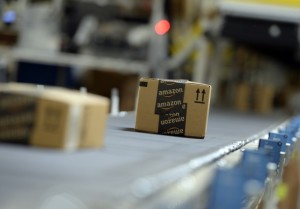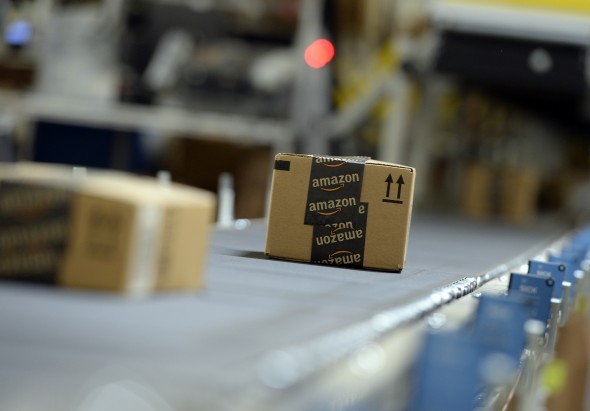
Amazon Prime or Amazon Redline?
Amazon Prime or Amazon Redline?
Amazon’s same-day delivery service skirts many predominantly minority neighborhoods, raising a familiar charge that mega-tech company business imperatives can result in de-facto digital inequality.
Amazon has held out its Amazon Prime membership, which offers free shipping on many items, as a form of digital equality given that all customers pay the same $99 annual fee. But with its upgrade to same-day delivery service, a clear disparity is emerging. An analysis by Bloomberg found that in many major cities, Prime members in predominantly poor and black neighborhoods can’t get the same day treatment.
In cities including Atlanta, Chicago, Dallas, and Washington, “black citizens are about half as likely to live in neighborhoods with access to Amazon same-day delivery as white residents,” the Bloomberg analysis found. New York’s borough of the Bronx, for instance, doesn’t get the service. And in Boston, the predominantly black Roxbury neighborhood is the only place in the metro area where same-day service is unavailable.
It’s not the first time major tech companies have been accused of “redlining,” or excluding poor neighborhoods from receiving a service available elsewhere. When Google began offering its Google Fiber service a few years ago, it faced similar criticism.

By only rolling out the super-high-speed service in neighborhoods where Google had attracted a critical mass of market demand (Google used the cute-sounding term “fiberhoods” to describe such places) Google was effectively excluding poor neighborhoods, or so the argument went. But Google Fiber is now clearly serving poor people, too. The company later announced plans to bring high-speed fiber Internet access to a number of housing projects.
Still, such examples might be considered retail-level symptoms of wider issues of technological inequality, in which people with resources are best able to reap the benefits of digital technologies while those without access fall farther behind.
Amazon, for its part, has responded to the Bloomberg report by saying that when a zip code within a city is excluded, it’s typically because the area has too few Prime members to justify sending in the vans—but that if more neighbors join, service will fill in.
It may be the case that it costs more to deliver in those areas. But losing money on its services has never stopped Amazon before.
(Read more: “The U.S. Government’s Internet Lifeline for the Poor Isn’t Much of One”)

Leave a Reply